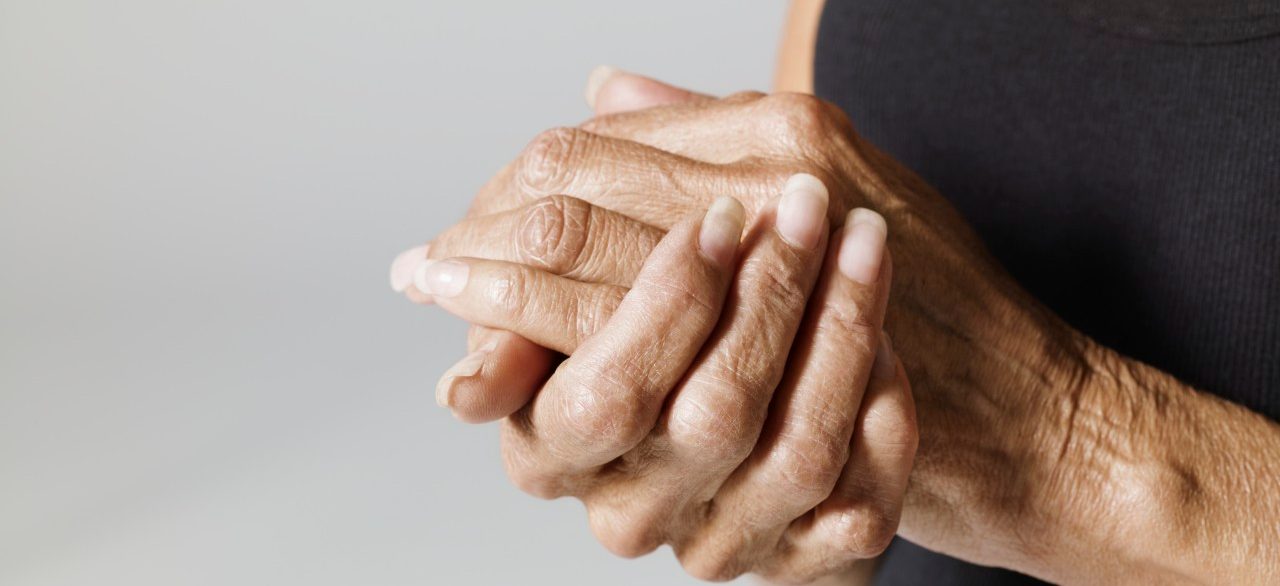What Is Complex Regional Pain Syndrome?

The cause of complex regional pain syndrome is unknown, and the pain, which feels like intense burning, can be crippling. Here's what you should know.
Imagine watching someone caress your arm with a feather. You see it clearly, yet your arm feels like it’s being stroked with a blow torch. That’s how many people with complex regional pain syndrome (CRPS) describe their pain.
Laney, a 12-year-old in California, relaxed a bit once her doctor told her that the pain she was feeling was genuine. Not everyone believed her because most of the time she looked fine, even when her pain was debilitating.
YOU MIGHT ALSO LIKE: Your Diet Can Be an Alternative to Painkillers
An avid athlete, she used to swim every day. About a year ago, when she fell off a swing and struck her foot on a large pointy tree root, her dad took her to the emergency room. The doctor on duty put her foot in a soft cast.
“One of the first things I learned,” Laney’s mom said, “was that you don’t put complex regional pain syndrome in a soft boot. It’s not a sprain, and there was no break. Actually, nothing appeared to be wrong according to the x-rays.”
Despite the fact that her orthopedist told her that she would have to walk on it for at least two weeks, Laney wasn’t hearing it. Walking or putting any weight on her foot was too painful. All Laney wanted to do was elevate her leg. Even then, the pain continued. It was so intense that, when Laney went to bed, she constructed a tent with her blanket so it wouldn’t touch her leg.
A couple of weeks later an MRI showed no breaks or fractures, which can be confusing because a break or fracture doesn’t mean you have CRPS. If you do have complex regional pain syndrome, and have either a break or a fracture, often that is what’s treated — not the CRPS.
CRPS affects nearly 200,000 people, mostly postmenopausal women in the U.S., and the number of teenagers with the condition is on the rise. Typically, the hand, arm, foot, or leg becomes swollen after an injury.
“CRPS is difficult to diagnose, and we don’t know exactly what causes it,” said Elliot Krane, MD, professor emeritus of pediatric pain medicine at the Stanford School of Medicine. “It’s likely the result of nerve impulses in the spinal cord and brain that are misinterpreted as pain in what should be a normal limb.”
The pain can last a long time, be excessive, and the affected area can change to a purple or reddish color. Healing is possible and remission is likely if treatment begins within a few short months of your first symptoms. Treatments are tailored to your case, often consisting of a combination of medications, heat or cold therapy, physical therapy, and biofeedback. A pain management specialist can help.
Laney’s mom enrolled her in Krane’s program at Stanford. The 12-week program, which was mostly covered by insurance, consisted of a lot of physical therapy (PT). “A friend of mine has CRPS and told me that one hour of PT a day was not going to be enough,” she said.
Laney’s mom drove her to the hospital every day at 7:45 a.m., and they stayed till after 4 p.m. For Laney, it meant missing school for a few months. The hospital held math and language arts courses so Laney could keep up with her studies.
Laney’s mom owns her own public relations company. “I’m fortunate that I have a wonderful team and that I don’t have to be present for every meeting,” she said.
At the end of the 12-week program, Laney stayed for three more weeks to get stronger. “The best day was at home when Laney burst into tears because she no longer felt any pain,” her mom said. “She’s in remission now and still gets PT.”
Her mom advises all parents to become their child’s advocate and to listen to their child “because the pain is very real,” she said.
You can listen to Kane’s Ted Talk on complex regional pain syndrome.
YOU MIGHT ALSO LIKE: How to Explain Your Pain to Your Doctor
Updated:
November 22, 2023
Reviewed By:
Christopher Nystuen, MD, MBA